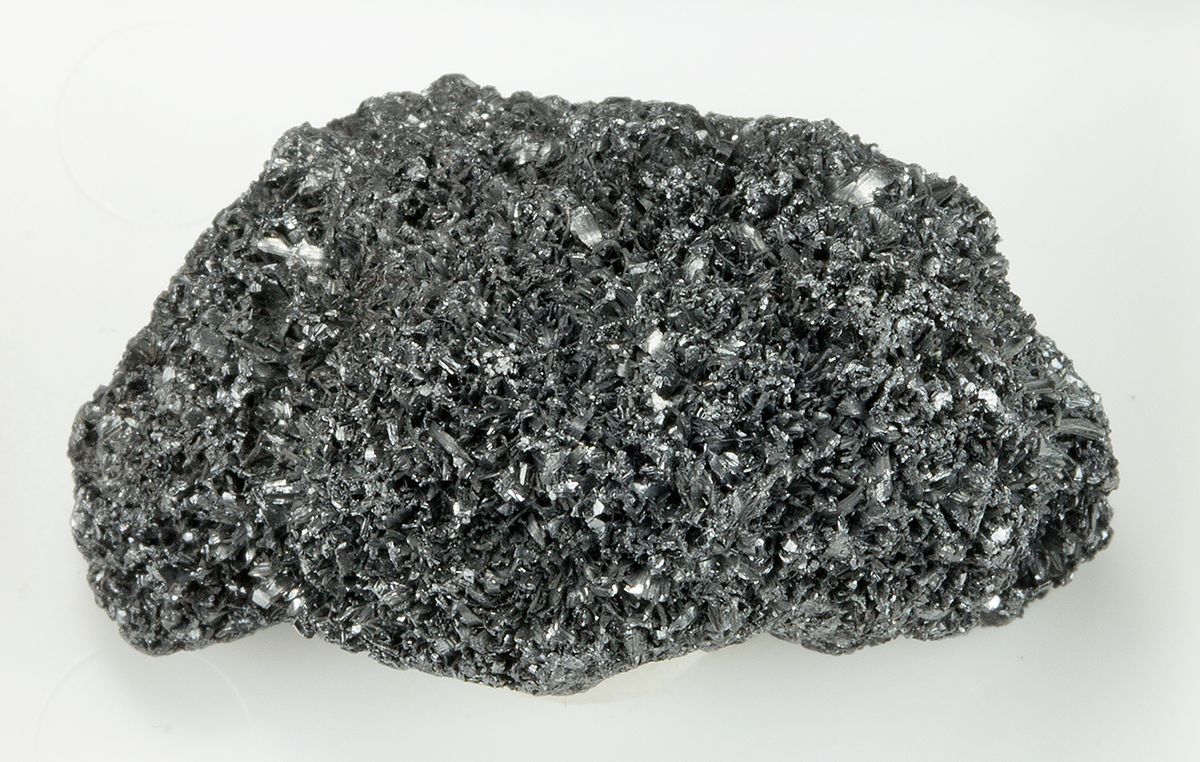
Franckeite is a rare and fascinating mineral that captures the interest of geologists and collectors alike. Named after the Francke brothers, who were prominent mining engineers, this mineral boasts a unique composition and striking appearance. But what exactly makes Franckeite so special? For starters, it’s a sulfosalt mineral composed of lead, tin, antimony, and iron. Found primarily in Bolivia, Franckeite forms in hydrothermal veins and is often associated with other minerals like stannite and cylindrite. Its metallic luster and layered structure make it a standout specimen. Whether you're a seasoned mineralogist or just curious about the natural world, learning about Franckeite offers a glimpse into the complexities and wonders of Earth's geology. Ready to dive into 30 intriguing facts about this remarkable mineral? Let's get started!
Key Takeaways:
- Franckeite is a rare, visually striking mineral with a complex chemical composition. It's primarily found in Bolivia and is a favorite among collectors and researchers for its unique properties and fascinating history.
- With its metallic luster and dense composition, Franckeite is a prized mineral for collectors and a subject of interest for researchers exploring its potential use in electronic materials. Its formation in hydrothermal environments adds to its allure.
What is Franckeite?
Franckeite is a rare mineral that has intrigued scientists and collectors alike. Its unique properties and fascinating history make it a subject worth exploring. Here are some captivating facts about this mineral.
-
Franckeite is a sulfosalt mineral composed mainly of lead, tin, antimony, and sulfur.
-
It was first discovered in Bolivia in the late 19th century.
-
The mineral is named after Carl and Ernest Francke, German mining engineers who contributed to its discovery.
-
Franckeite typically forms in hydrothermal veins, often alongside other minerals like stannite and cylindrite.
-
Its crystal structure is complex, featuring layers of different metal sulfides.
Physical Properties of Franckeite
Understanding the physical properties of Franckeite helps in identifying and studying this mineral. Here are some key characteristics.
-
Franckeite has a metallic luster, making it visually striking.
-
The mineral is usually dark gray to black in color.
-
It has a Mohs hardness of 2.5 to 3, which means it is relatively soft.
-
Franckeite's specific gravity ranges from 5.7 to 6.1, indicating it is quite dense.
-
The mineral exhibits perfect cleavage in one direction, making it easy to split.
Chemical Composition of Franckeite
The chemical makeup of Franckeite is what sets it apart from other minerals. Here are some details about its composition.
-
Franckeite's chemical formula is Pb5Sn3Sb2S14.
-
It contains lead (Pb), tin (Sn), antimony (Sb), and sulfur (S) in varying amounts.
-
The presence of multiple metals gives Franckeite its unique properties.
-
Trace amounts of other elements like iron and zinc can sometimes be found in Franckeite.
-
The mineral's complex chemistry makes it a subject of interest for researchers.
Formation and Occurrence
Franckeite's formation and where it can be found are equally fascinating. Let's delve into these aspects.
-
Franckeite forms in hydrothermal environments, where hot, mineral-rich water interacts with rocks.
-
It is often found in association with other sulfosalt minerals.
-
Bolivia is the primary source of Franckeite, particularly the Potosí region.
-
Smaller deposits have also been found in countries like Peru and Germany.
-
The mineral is typically extracted from underground mines.
Uses and Applications
While Franckeite is not widely used in industry, it has some interesting applications. Here are a few.
-
Franckeite is primarily a collector's mineral due to its rarity and unique appearance.
-
It is sometimes studied in academic settings to understand sulfosalt minerals better.
-
The mineral's complex structure makes it a subject of interest in crystallography.
-
Franckeite can be used in educational displays to teach about mineralogy.
-
Some researchers are exploring its potential use in electronic materials due to its unique properties.
Interesting Tidbits
Here are some lesser-known facts and trivia about Franckeite that add to its allure.
-
Franckeite crystals can sometimes exhibit a fibrous or platy habit.
-
The mineral can form pseudomorphs, where it replaces another mineral while retaining the original shape.
-
Franckeite is often found in combination with other rare minerals, making it a prized find for collectors.
-
The mineral's name is sometimes misspelled as "Frankite," but the correct spelling is "Franckeite."
-
Franckeite samples are often displayed in museums and mineral exhibitions due to their unique characteristics.
Final Thoughts on Franckeite
Franckeite, a rare mineral, holds a unique place in the world of geology. Its distinctive layered structure and metallic luster make it a fascinating subject for both scientists and collectors. Found primarily in Bolivia, this mineral is a sulfosalt composed of lead, tin, antimony, and iron. Its complex chemical composition and formation process offer valuable insights into geological processes.
Understanding franckeite not only enriches our knowledge of Earth's mineral diversity but also highlights the intricate beauty hidden within our planet. Whether you're a geology enthusiast or just curious about the natural world, franckeite serves as a reminder of the wonders waiting to be discovered beneath our feet.
So next time you come across a shiny, layered rock, remember, it might just be franckeite, a small yet significant piece of Earth's geological puzzle.
Frequently Asked Questions
Was this page helpful?
Our commitment to delivering trustworthy and engaging content is at the heart of what we do. Each fact on our site is contributed by real users like you, bringing a wealth of diverse insights and information. To ensure the highest standards of accuracy and reliability, our dedicated editors meticulously review each submission. This process guarantees that the facts we share are not only fascinating but also credible. Trust in our commitment to quality and authenticity as you explore and learn with us.
